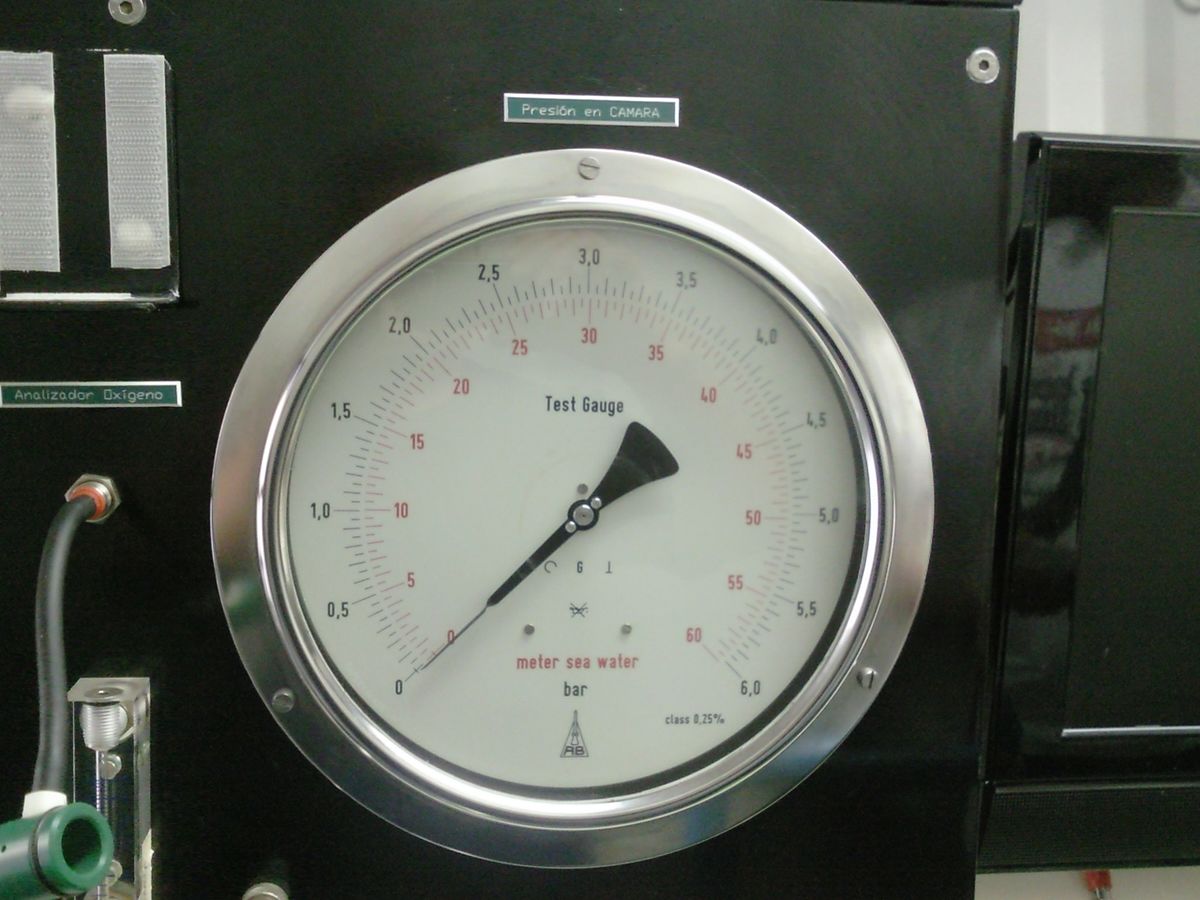halocline
Contributor
I’m wondering if you have ever tried mimicking the effect of using nitrox as opposed to air in recreational diving by extending your safety stop on an air dive so that you surface with less residual N2. When I used to dive in coz on air, I would do a couple of minutes at 20ft and then at least 5 minutes, often longer, at 10 ft. Then a very gradual ascent, at least a minute to surface from 10 ft. That made a big difference in my post dive fatigue.You are quite correct. But you have NO right to say someone else doesn't feel less fatigued.
There’s always been back and forth discussion about the use of nitrox and pst dive fatigue, but little about simply surfacing with lower tissue pressures, which would be the logical reason for less fatigue experienced on similar profile nitrox dives.




